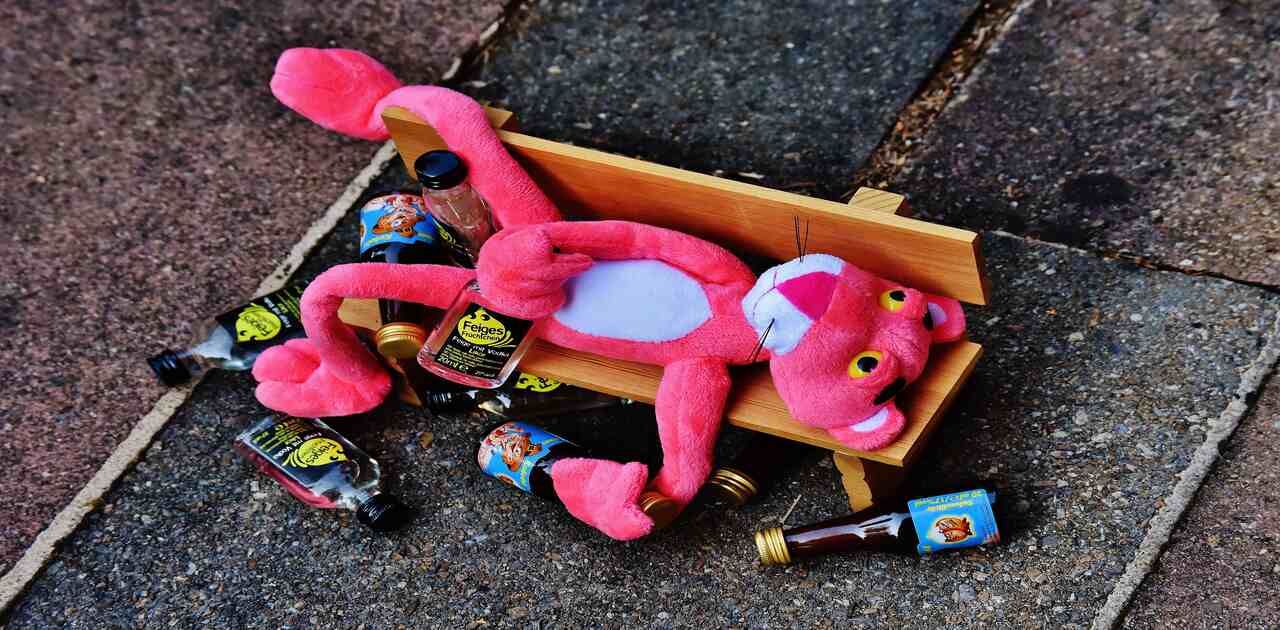There is something magical about a plush toy factory that makes it a beloved childhood companion. Whether it’s a teddy bear, a bunny, or a favorite character from a TV show or movie, a plush toy can provide comfort, companionship, and hours of imaginative play. But have you ever wondered how these cuddly creatures are made?
Designing the Plush Toy
The first step in creating a plush toy is designing it. Designers work closely with clients or marketing teams to create a toy that meets their specifications. They use computer-aided design (CAD) software to create a 3D model of the toy, which is then sent to the factory for production.
Selecting the Materials
The factory orders the materials required to make the plush toy after the design is complete. Fabric and stuffing are the two main materials utilized in the manufacture of soft toys.
Typically, a polyester blend makes up the cloth, making it strong and hygienic. Polyester fibers, cotton, and foam are just a few examples of materials that can be used to make the filling. The texture and weight of a plush toy might vary depending on the stuffing used.
Cutting and Sewing
After the materials are delivered to the factory, the fabric is cut into the appropriate shapes for the plush toy. The pieces are then sewn together, typically by machine, to create the toy’s body, limbs, and head. The factory may also add any necessary details, such as eyes, ears, or a nose, at this stage.
Stuffing the Toy
Once the pieces are sewn together, the plush toy is ready to be stuffed. The stuffing is typically added through a small opening in the toy’s body or limb. The factory carefully monitors the amount of stuffing added to ensure the toy is the right shape and weight.
Finishing Touches
After the toy is stuffed, it is sewn shut, and any remaining details are added. This may include a tag with the toy’s name and manufacturer, a ribbon, or any other decorative elements. The factory then inspects the toy to ensure it meets their quality standards.
Packaging and Shipping
Once the toy is complete, it is packaged and shipped to retailers or directly to customers. The packaging may include additional information about the toy, such as care instructions or warnings about small parts.
The Importance of Quality Control in Plush Toy Manufacturing
Plush toys are designed to be cuddled, played with, and loved. As such, it’s essential that they are safe and well-made. Quality control is a critical part of the plush toy factory manufacturing process.
The factory must ensure that the materials used are safe and meet industry standards. They must also monitor the production process closely to ensure that each toy is made to its quality standards.
In addition to safety concerns, the factory must also consider the aesthetic appeal of the toy. Plush toys are often designed to be cute, funny, or endearing, and the factory must ensure that each toy meets these criteria.
Creating Memories that Last a Lifetime
A unique place in our hearts is typically reserved for our beloved childhood companions, plush toys, which are more than just toys. They serve as a reminder of simpler times and are a part of our childhood recollections.
The factory employees take great delight in their job since making plush toys is a labor of love. Everyone involved in the process, from the designer who gives the toy life to the factory worker who meticulously stuffs it, contributes significantly to the creation of a childhood memory that will endure a lifetime.
Conclusion
A plush toy factory is where the magic happens, and it’s the place where childhood memories are created. From the design phase to the final product, every step in the manufacturing process is critical in creating a high-quality plush toy that will bring joy and comfort to children for years to come. Plush toys are more than just toys; they are a reminder of a simpler time, and they hold a special place in our hearts. Reamore
